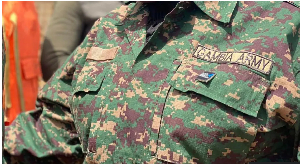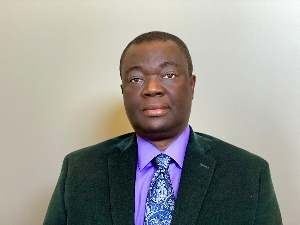Ms Sanne Miiller, Senior Education Advisor of IBIS, has said the irregular transfer of the District Assemblies Common Fund (DACF) is thwarting fiscal plans for education and provision of infrastructure.
Government has not released DACF since the beginning of 2013, a situation, the Education Advisor said is affecting the capacity of authorities in Gushegu and Karaga Districts in the Northern Region to provide basic education needs to enhance quality service delivery.
Ms Miiller made the observation on Thursday in a presentation titled: “Initial thoughts and intentions behind Alliance for Change in Education: the current state of the project”.
“Ghana is doing well in terms of access to quality education nationwide, however, there is an imbalance between the south and the north where many children cannot read and write”, she said.
She said the irregular transfer of funds does not permit district authorities to provide teaching and learning resources or physical infrastructure.
To achieve quality education access, she said, Ghana must work hard to bridge the disparity between the north and south, remove cultural barriers and bridge infrastructural gaps.
Mr Charles Wontewe, Country Director of IBIS, said through the Alliance for Change in Education project, over 9000 children, 45 percent of girls, have had access to quality education at their doorsteps.
He said communities in the Geshegu and Karaga Districts that did not have schools in 2006, and located in terrains difficult for children aged between four and eight to reach existing school have been relieved.
Over 900 children gained access to Junior High School this year while the two districts have made requests for 15 additional junior high schools to take care of the additional children and three new Junior High Schools built this year.
Mr Wontewe said the late disbursement of the DACF and the fact that a good percentage of the amount might be taken away from source, coupled with limited number of teachers each district is allowed to engage each year, posed challenge to education authorities in the districts.
Regional News of Friday, 27 September 2013
Source: GNA












